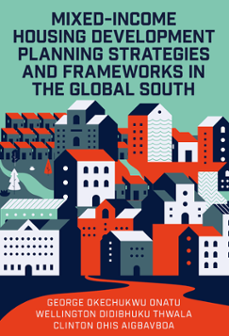
Index
Mixed-Income Housing Development Planning Strategies and Frameworks in the Global South
ISBN: 978-1-83753-815-7, eISBN: 978-1-83753-814-0
Publication date: 14 December 2023
Citation
Onatu, G.O., Thwala, W.D. and Aigbavboa, C.O. (2023), "Index", Mixed-Income Housing Development Planning Strategies and Frameworks in the Global South, Emerald Publishing Limited, Leeds, pp. 249-258. https://doi.org/10.1108/978-1-83753-814-020231014
Publisher
:Emerald Publishing Limited
Copyright © 2024 George Okechukwu Onatu, Wellington Didibhuku Thwala and Clinton Ohis Aigbavboa. Published under exclusive licence by Emerald Publishing Limited
INDEX
- Prelims
- Chapter 1 Introduction and Background
- Chapter 2 Meaning, Goals and Implications of Mixed-Income Housing Development
- Chapter 3 Mixed-Income Housing Development Research Theories and Concepts
- Chapter 4 Philosophical Perspectives Guiding Housing Research
- Chapter 5 Mixed-Income Housing Development in Developed Nations
- Chapter 6 Mixed-Income Housing Development Model in Developing Nations
- Chapter 7 South African Housing Policy and Legislative Framework
- Chapter 8 The Use of Delphi Study in Mixed-Income Housing Development
- Chapter 9 Case Study Area, Cosmo City Johannesburg
- Chapter 10 Mixed-Income Housing Development Framework for South Africa and Global South
- Chapter 11 Outcome of the Mixed-Income Housing Development Framework Findings and Results
- Appendices
- References
- Index